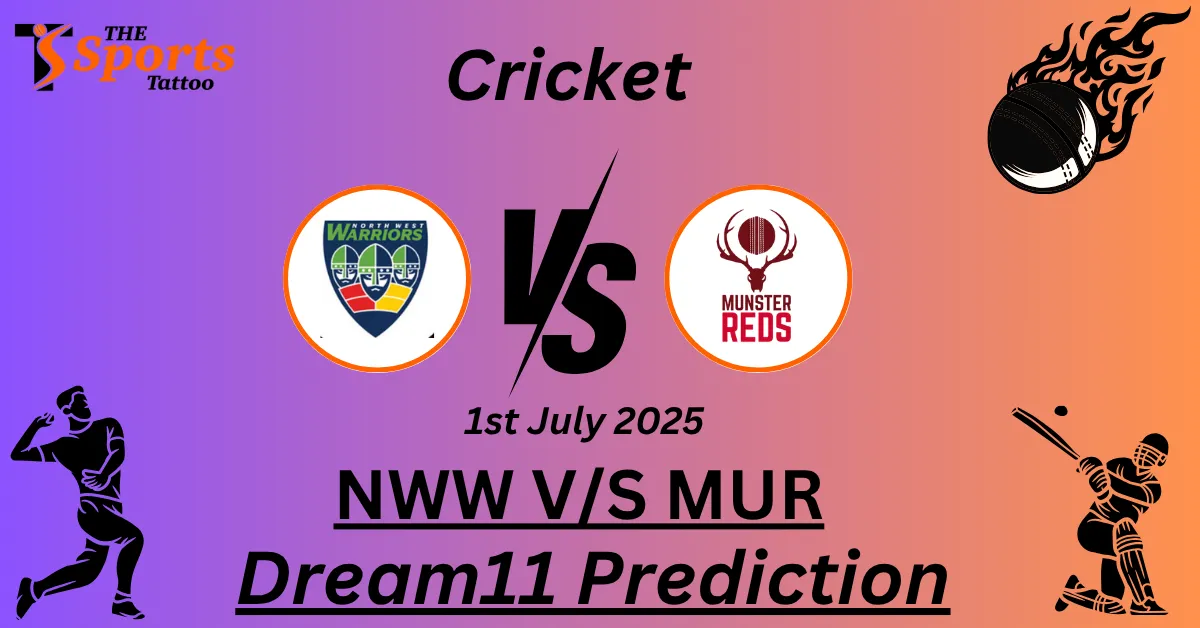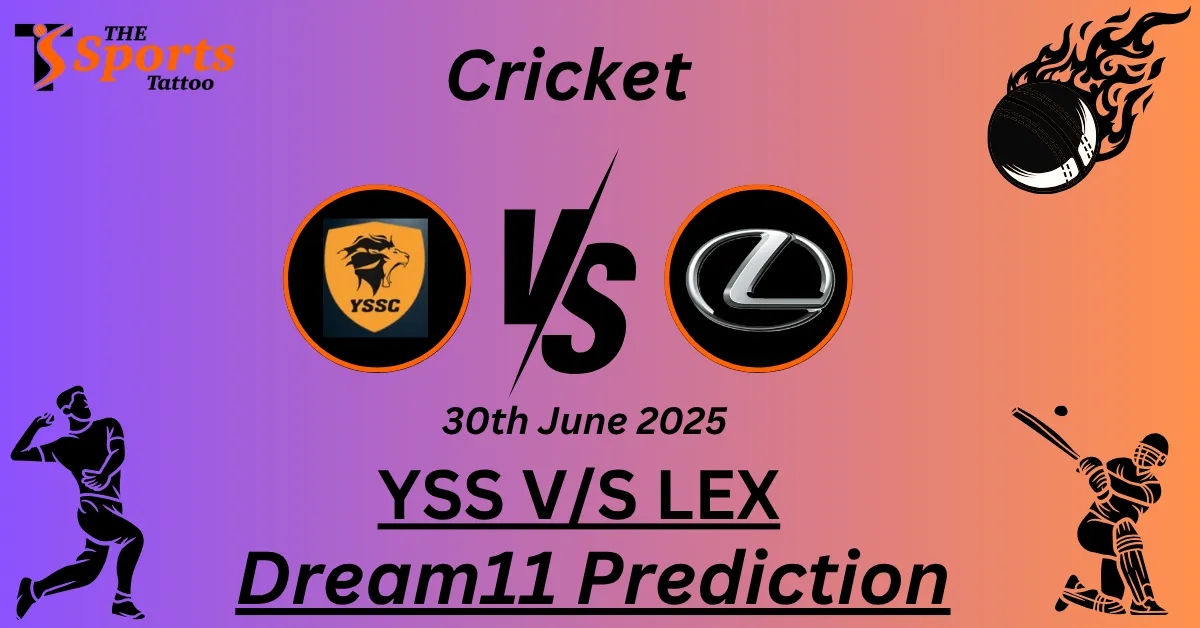IPL 2008 was the first season of the Twenty-20 Indian Premier League that would eventually change Cricket in the subcontinent forever
A little dig into the History
Indian Premier League is considered today the best cricketing league in the world by any means. It’s viewership and revenue generation are ranked among the best sporting tournaments of the world.
But how did the BCCI come up with an idea that would transform the Indian cricket forever?
Actually, the IPL was preceded by another Twenty-20 tournament known as the Indian Cricket League (ICL) in 2007.
It comprised of six teams and was similar to the present IPL we know.
But ICL survived only for three seasons since BCCI refused to recognize it and further went on to create its own version of cricket league which we today know as Indian Premier League.
The BCCI proclaimed for higher prize money in the newly formed competition and threatened to impose a lifetime ban on the players, featuring in the ICL, from playing in IPL. This led to the players heading towards the IPL and thus the slow yet the unremembered end of the ICL.
On 13 September 2007, the Indian Premier League, a twenty-20 franchise-based cricket league was founded with the first season to be played in the months of April-March of 2008.
- IPL is said to be the brainchild of the then BCCI Vice-President Lalit Modi
- IPL 2008 comprised of 8 teams belonging to eight different Indian cities
- This season saw 59 matches being played at 9 different venues
The format of the league was a double round-robin group stage where every team played home and away matches against each other, followed by the semi-finals and final being played respectively between the gradually qualified teams.
- Rajasthan Royals went on to lift the inaugural IPL title

TEAMS, VENUES, HOST CITIES, AND THE OWNERS
Have a look at the table of names of the teams, their home venues/stadiums, the city they represented and their owners.
| TEAMS | VENUES | CITY | OWNERS |
| Chennai Super Kings | M.A. Chidambaram Stadium | Chennai | India Cements |
| Deccan Chargers | Rajiv Gandhi Int. Stadium | Hyderabad | Deccan Chronicle |
| Delhi Daredevils | Feroz Shah Kotla | Delhi | GMR & JSW Group |
| Kings XI Punjab | PCA Stadium | Mohali | M. Burman, N. Wadia, P. Zinta & K. Paul |
| Kolkata Knight Riders | Eden Gardens | Kolkata | Red Chillies & Mehta Group |
| Mumbai Indians | Wankhede Stadium | Mumbai | Reliance Industries |
| Rajasthan Royals | Sawai Mansingh Stadium | Jaipur | A. Hathiramani, M. Badale, L. Murdoch & S. Warne |
| Royal Challengers Bangalore | M. Chinnaswamy Stadium | Bangalore | United Spirits Limited |
- IPL 2008 had an average attendance of 58000 per match!

AUCTION AND SIGNINGS
On 24 January 2008, the auctions for the team ownership were held in which Mumbai Indians came out to be the most expensive team, valuing over US$ 112 million. Mahendra Singh Dhoni was the most expensive player of that season as he signed for Chennai Super Kings for a fee of USD 1.5 million!
Australia’s explosive batsman Andrew Symonds received the highest winning bid among foreign players which stood at USD 1.35 million, from Deccan Chargers.
Interestingly, Deccan Chargers managed to get only a single win and finished at the bottom of the table whereas Chennai Super Kings, under the captaincy of MS Dhoni, were the runners-up.
Some of the players like Sachin Tendulkar, Saurav Ganguly, Virender Sehwag, and Yuvraj Singh were called as icon players who played from their hometown teams.
- Auction, Trading & Replacing are the only three ways of signing players
- Each team had a salary cap of INR 20 crores
- DLF group (Real Estate giants) were the title sponsors of IPL for 2008-2012
RULES AND REGULATIONS
- Each team could field a maximum of 4 overseas players in their playing eleven.
- Every team earned 2 points for a win and 1 point in case of no-results.
- If two or more teams had same points then the one with higher net run-rate would be allowed to move upwards
- If the net run-rates too matched then head to head results would decide the outcome.
- If the scores are tied in a match then a bowl-out would take place in which the team with the most stumps bowled out would be declared the winner.
- There was no rule for super-over in this season and alike T-20 World Cup, the bowl-out was prescribed, to arrive at a clear result.
TEAMS AND STANDINGS
| TEAM | PLAYED | WIN | LOSE | NR | POINTS |
| Rajasthan Royals (C) | 14 | 11 | 3 | 0 | 22 |
| Kings XI Punjab | 14 | 10 | 4 | 0 | 20 |
| Chennai Super Kings (R) | 14 | 8 | 6 | 0 | 16 |
| Delhi Daredevils | 14 | 7 | 6 | 1 | 15 |
| Mumbai Indians | 14 | 7 | 7 | 0 | 14 |
| Kolkata Knight Riders | 14 | 6 | 7 | 1 | 13 |
| Royal Challengers Bangalore | 14 | 4 | 10 | 0 | 8 |
| Deccan Chargers | 14 | 2 | 12 | 0 | 4 |
RECORDS
Since it was the first season, every first number was a record in itself. But as the tournament progressed, the entire show ran beautifully for one and a half months with players putting up electrifying performances and teams making thrilling & nail-biting contests.
Let’s have a look at these interesting numbers.
BY TEAMS
- Highest Score by a team: Chennai Super Kings (240/5) vs Kings XI Punjab
- Biggest victory by runs: Kolkata Knight Riders (140 runs) over Royal Challengers Bangalore
- Biggest victory by wickets: Deccan Chargers (10 wickets) over Mumbai Indians
- By ball remaining: Mumbai Indians (87 balls) over Kolkata Knight Riders
BY PLAYERS
- Player of the tournament: Shane Watson (Rajasthan Royals) (472 runs & 17 wickets)
- Most Runs: Shaun Marsh (Kings XI Punjab)(616 runs)
- Most Wickets: Sohail Tanvir (Rajasthan Royals) (22 wickets)
- Most Sixes: Sanath Jayasuriya (Mumbai Indians) (31 sixes)
- Most fours: Gautam Gambhir (Delhi Daredevils) (68 fours)
- Most catches: Suresh Raina (Chennai Super Kings) (10 catches)



